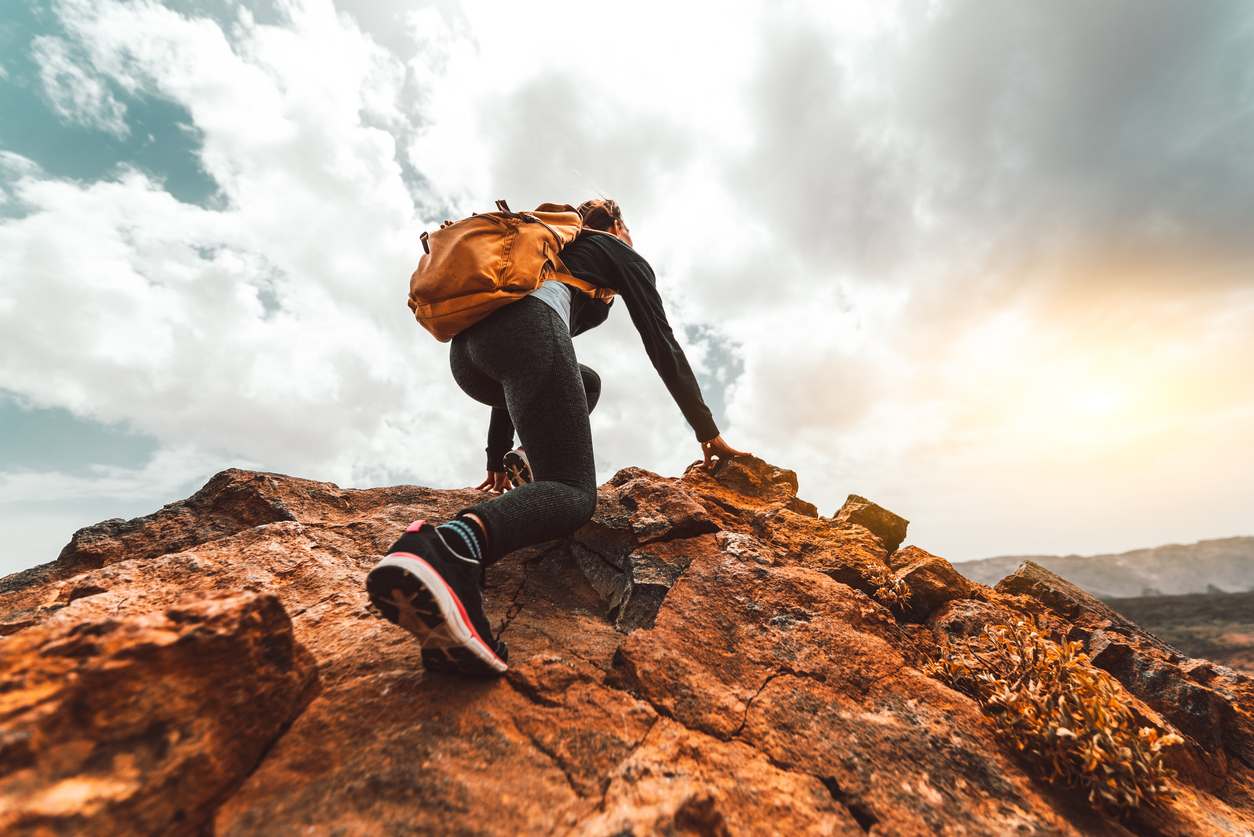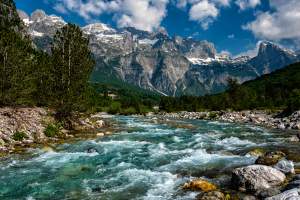
It’s not your average hike. There’s a different energy when the ground beneath your feet was forged in fire. Volcano hikes aren’t just about scenery — they’re about geology, scale, danger, and awe. You’re not walking a trail. You’re walking the edge of something primal.
Whether it’s the steam vents of Mount Etna, the sulfur-stained slopes of Indonesia’s Ijen Crater, or the lava fields of Hawaiʻi’s Big Island, hiking a volcano puts you face-to-face with the Earth’s raw power. It’s beautiful. It’s surreal. And, at times, it’s deeply humbling.
Here’s what it’s actually like to hike a volcano — from the physical grind to the mental shift, plus where to go if you want to feel the heat for yourself.
First: Know What Type of Volcano You’re Climbing
Not all volcanoes are alike. Some are towering stratovolcanoes that require alpine gear and serious stamina. Others are low, smoldering craters you can reach in a morning. Some are dormant. Others are very much alive.
Before you sign up, understand what kind of volcano you’re dealing with:
- Active: Currently erupting or showing signs of life. Risky but thrilling.
- Dormant: Not erupting now, but not considered extinct. Safe enough, with a touch of suspense.
- Extinct: Long past its eruptive days. More like hiking a mountain with a backstory.
Each offers a different vibe — and challenge.
The Physical Experience: It’s Not Just Uphill
Volcano hikes test your body differently than forest trails or mountain treks. The terrain is often:
- Loose: Think ash, gravel, and lava rock that slips underfoot.
- Steep: Many volcanoes don’t have switchbacks — it’s straight up and brutal.
- Exposed: Minimal shade, intense sun, whipping wind, and high UV at altitude.
- Hot and cold: You may start in tropical heat and reach an icy, windy summit.
You’ll sweat. You’ll slip. You’ll curse your boots. But the higher you go, the weirder and more magnificent it gets — from lunar landscapes to steaming fissures to panoramic views that feel like you’re standing on another planet.
The Mental Side: You’re on Something Alive
There’s a shift that happens as you climb. You start realizing this isn’t just terrain — it’s a living thing. You’re walking on a landscape that was liquid fire not long ago. You can feel the heat under your feet. You can smell the sulfur. You might hear gas escaping from vents with a hiss.
It doesn’t feel dead. It feels like it’s waiting.
This isn’t fear, exactly. It’s respect. And it sharpens everything: your senses, your steps, your awareness of time and place. Most hikes don’t make you feel like a tiny visitor on a breathing planet. This one does.
Where to Hike a Volcano (and What It Feels Like)
Here are some of the world’s most iconic and unforgettable volcano hikes — each with its own flavor of fire and fearlessness.
1. Mount Batur, Bali, Indonesia
- Length: ~2 hours up
- Why go: Easy accessibility, epic sunrise view
- What it’s like: You start in the dark. Headlamps bob along narrow trails as you ascend above the clouds. At the summit, you watch the sun rise over neighboring volcanoes and Lake Batur — steam rising all around you. Guides cook eggs in volcanic vents.
2. Mount Etna, Sicily, Italy
- Length: Varies — cable car + hike or full ascent
- Why go: Europe’s most active volcano
- What it’s like: The landscape shifts from black ash to snow to lava fields. Steam seeps from cracks, and craters look like giant burns in the Earth. On an active day, you might even hear distant rumbles. It’s eerie, thrilling, and deeply cinematic.
3. Acatenango, Guatemala
- Length: 5–7 hours up
- Why go: Overnight hike to watch eruptions from neighboring Fuego
- What it’s like: You camp near the summit and watch Fuego explode fire into the night sky — every 15–30 minutes. It’s surreal. The hike is brutal: steep, high-altitude, and relentless. But sleeping above the clouds with a front-row seat to volcanic fireworks? Unreal.
4. Ijen Crater, Java, Indonesia
- Length: 1.5–2 hours up
- Why go: Electric-blue lava and toxic sulfur lake
- What it’s like: You hike in darkness to reach the crater before sunrise. Inside, miners carry baskets of sulfur up from the toxic lake. The blue flames (caused by ignited gas) flicker like ghost fire. The air stings your eyes and throat. It’s stunning — and sobering.
5. Mauna Kea, Hawai‘i, USA
- Length: ~6 hours (from visitor center)
- Why go: Tallest mountain on Earth (base to summit), top-tier stargazing
- What it’s like: More spiritual than fiery. You’re above the clouds, in a world of silence and thin air. The summit is sacred to Native Hawaiians — respect is essential. You won’t see lava, but you’ll feel the depth of ancient volcanic presence everywhere.
6. Mount Fuji, Japan
- Length: 5–10 hours up, depending on route
- Why go: Iconic peak, spiritual resonance
- What it’s like: It’s crowded in season, but worth it. The terrain is volcanic gravel and switchbacks. People chant. Some wear white pilgrim robes. At the top, you can circle the crater, ring the summit bell, and watch the clouds swirl in silence.
What You’ll Remember
- The smell of sulfur. Sharp, strange, unforgettable.
- The sound of silence — or rumbling. Both are profound.
- The grit under your boots. Lava rock sticks with you — literally and emotionally.
- The color of the sky. Higher altitude, thinner air — it hits different.
- That moment at the summit. When the wind hits your face, and you see the world laid out below a landscape born in fire.
What to Bring
Volcano hikes are not just another walk in the park. You’ll want:
- Good boots with ankle support
- A headlamp (especially for sunrise/sunset hikes)
- Breathable layers — conditions shift fast
- Sunscreen + sunglasses (volcanic terrain reflects UV)
- Plenty of water — high altitude dehydrates you
- Snacks / high-energy food
- Dust mask or buff (especially for sulfur exposure)
- Trekking poles (helpful on loose slopes)
Safety Matters
Volcanoes are unpredictable. Before you go:
- Check local conditions — closures, gas emissions, activity warnings
- Go with a guide when required (some hikes are dangerous without one)
- Listen to your body — altitude, heat, and fumes can hit hard
- Respect the land — especially if the site is sacred
And always — always — take volcanoes seriously. They don’t care how good your hiking boots are.
Hiking a volcano is not about conquering a peak — it’s about confronting the Earth in one of its most raw, untamed forms. It’s a physical challenge, yes, but more than that, it’s a reminder that the ground beneath you is alive, that everything can shift, and that beauty often rises from destruction.
You’ll come down dirty, tired, maybe a little sore. But you’ll also carry something else — a deeper connection to the world, and the humbling thrill of standing somewhere that could change at any moment.
That’s what it’s like to hike a volcano. And it’s unforgettable.







